Variable‑D dynamic vocal & instrument microphone
- Maximum versatility for broadcasting, podcasting, and music production
- Variable-D proximity control minimizes positional and off-axis tonal shifts
- Integrated humbucking coil and integral pop filters provide virtually noiseless performance
- Unique dual-voicing switch selects from two response curves:
- General purpose curve for voice and instrument production
- Kick drum curve for bass drums and some voices
A professional-grade dynamic microphone for broadcasting, podcasting, recording, and sound reinforcement applications requiring extremely low noise and the best possible tonal and transient response. Ideal for capturing a wide variety of vocal and instrument sources, the RE320 delivers unparalleled detail, dynamic response, and pleasing natural tone.
SPECIFICATIONS
| Generating Element: | Dynamic N/Dym Magnet Structure |
| Frequency Response: | 30 Hz – 18,000 Hz (kick curve) 45 Hz – 18,000 Hz (general curve) |
| Polar Pattern: | Cardioid |
SPECIFICATIONS |
|
| Impedance: | 150 ohms balanced |
| Sensitivity, Open Circuit Voltage, 1 kHz: | 2.5 mV/pascal |
| Hum Pickup Level, typical (60 Hz/1 millioersted field): | -130 dBm |
| Polarity: | Pin 2 will be positive referenced to Pin 3 with positive pressure on diaphragm |
| Case Material: | Steel |
| Dimensions: | Length = 216.7 mm (8.53 in) Widest Diameter = 54.4 mm (2.14 in) Body Diameter = 49.2 mm (1.94 in) |
| Finish: | Semi-Gloss Black |
| Net Weight: | 681 g (1 lb, 8 oz) |
| Shipping Weight: | 1503 g (3 lb, 5 oz) |
| Accessories Furnished: | 81715 stand clamp |
| Optional Accessories: | WSPL-2 Foam Wind Screen 309A Isolation Mount |




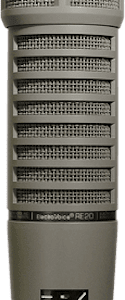

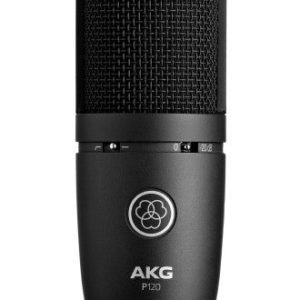
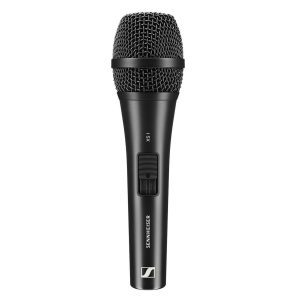
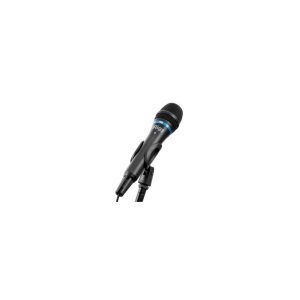
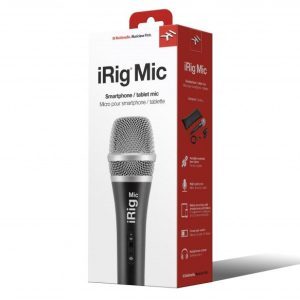
Dylan Bateup (verified owner) –
Very fast delivery! Will shop here again!
Llewellyn (verified owner) –
Another quality product, prompt delivery and price.
Chris Hunter (verified owner) –
Tl;dr: it’s such a good mic and the inclusion of Variable-D to counter the proximity effect and the higher sensitivity means you should consider this over the SM7B if you’re looking for a vocal mic. I honestly don’t know why it’s not considered more.
My choice was between this, the Shure SM7B and the RE20. This came in cheaper than both, and while the RE20 is the standard for people like me who broadcast on their feet, this is a much hotter mic that requires much less processing to get that lively broadcast sound. It’s got the Variable-D feature of the RE20, so it reduces the proximity effect, and compared to the SM7B it’s much less directional and much more sensitive. You can talk around the mic instead of directly into it, and you can run it through a fairly basic audio interface (I use the Audient Evo 4) and you won’t need any inline preamp for clean gain. Trust me on this one, the Evo 4, while I love its simplicity and sound, has a fairly weak preamp in this class of interface and it might struggle with the SM7B’s low sensitivity – but the RE320 takes it in its stride and I’m just loving it.